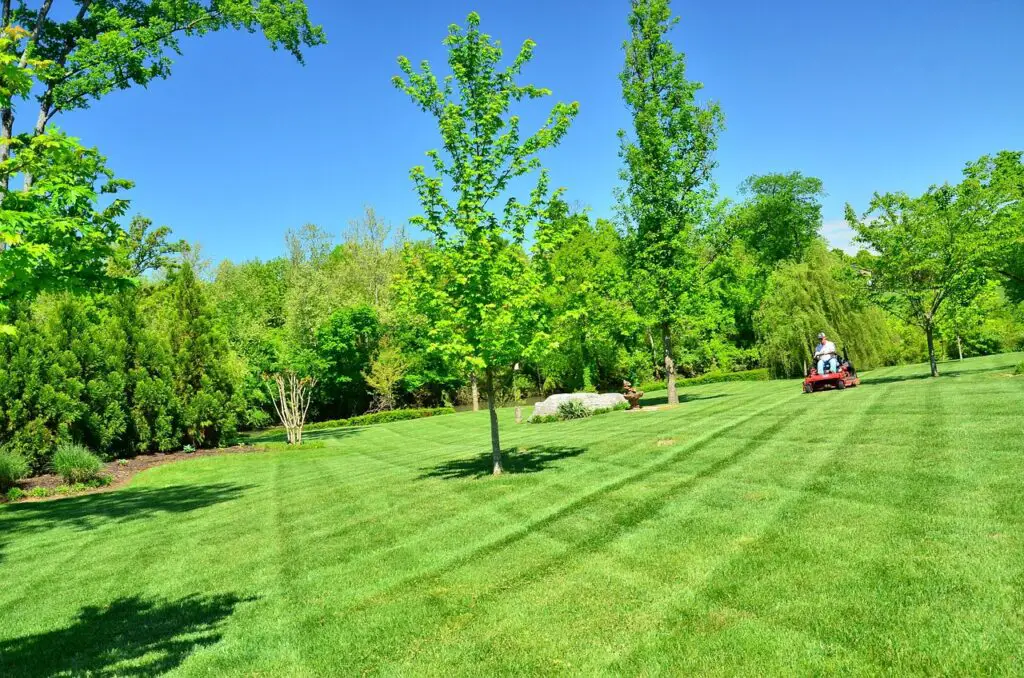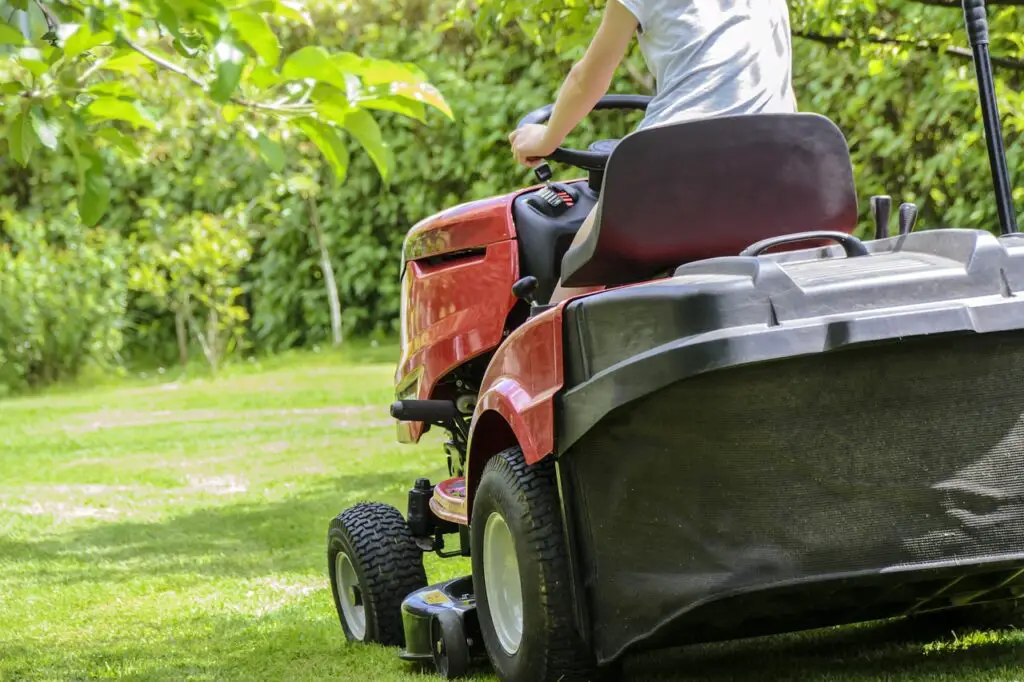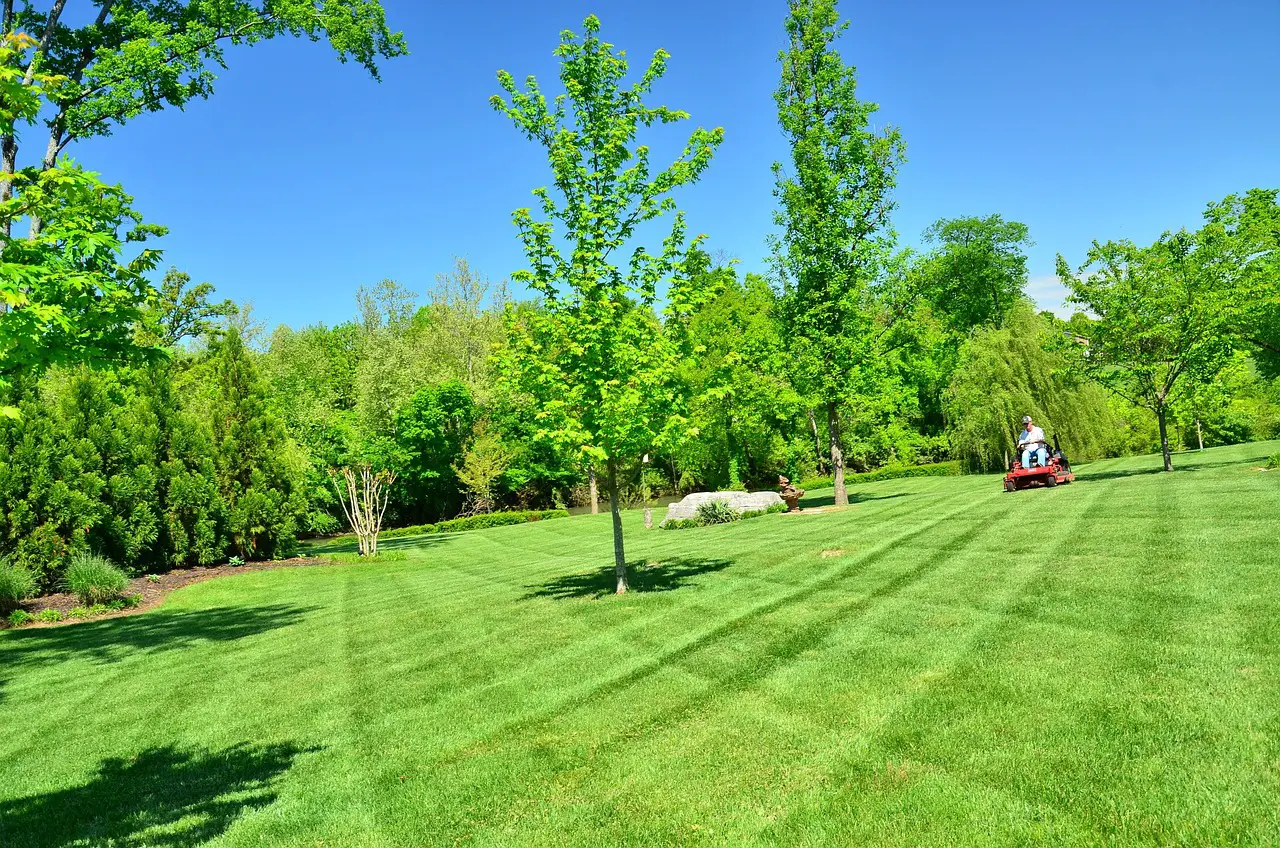Maintaining a healthy, green lawn requires consistent care and attention. One of the biggest threats to a thriving lawn is pests. Pests such as grubs, chinch bugs, and armyworms can quickly destroy a lawn if left unchecked. In this guide, we’ll explore how to control pests in your lawn and keep your grass looking healthy and beautiful.

Understanding Lawn Pests
Before we dive into the methods of pest control, it’s important to understand the most common pests that can invade your lawn. Here are some of the most common lawn pests and how to identify them:
- Grubs: These are the larvae of various beetle species, including Japanese beetles and June bugs. Grubs are white, C-shaped, and feed on the roots of the grass. Signs of a grub infestation include thinning or dead patches of grass that can be easily lifted like a piece of carpet.
- Chinch Bugs: These small, black and white insects feed on the sap of grass blades and leave behind yellow or brown patches of grass. They can be identified by their distinctive black-and-white coloration.
- Armyworms: These caterpillars are brown or green and can grow up to 1.5 inches in length. They feed on the leaves of grass and can quickly consume large areas of your lawn.
- Sod webworms: These are the larvae of lawn moths and they feed on the leaves of grass, causing thin, brown patches to appear.
Methods of Pest Control
Now that you can identify the most common lawn pests, let’s explore some methods for controlling them.
- Cultural Control: The first step in controlling pests in your lawn is to maintain a healthy lawn. A healthy lawn is less susceptible to pest infestations than a stressed lawn. To maintain a healthy lawn, ensure it is properly watered, fertilized, and mowed at the correct height for your grass species.
- Biological Control: Beneficial insects such as nematodes and ladybugs can help control lawn pests. Nematodes are microscopic worms that feed on grubs, while ladybugs feed on chinch bugs and aphids. You can introduce these beneficial insects to your lawn by purchasing them from a garden center or online.
- Chemical Control: If you have a severe pest infestation, chemical control may be necessary. There are a variety of chemical pesticides available for controlling lawn pests, but it’s important to choose a product that is labeled for the specific pest you are trying to control. Follow the label instructions carefully and use protective gear when applying pesticides.
- Integrated Pest Management: Integrated Pest Management (IPM) is a holistic approach to pest control that combines cultural, biological, and chemical methods of control. By using a combination of methods, you can minimize the use of chemical pesticides and create a healthier lawn environment.

Frequently Asked Questions
Q: How often should I water my lawn to prevent pest infestations? A: It’s important to water your lawn deeply and infrequently to encourage deep root growth. Generally, lawns require around 1 inch of water per week, including rainfall.
Q: Can I prevent pest infestations by using a specific fertilizer? A: While there is no one-size-fits-all fertilizer that will prevent pest infestations, using a fertilizer that is appropriate for your grass species and soil type can help maintain a healthy lawn that is less susceptible to pests.
Q: Are natural pest control methods effective? A: Natural pest control methods such as introducing beneficial insects can be effective, but they may not provide immediate results. It’s important to be patient and consistent when using natural pest control methods.

